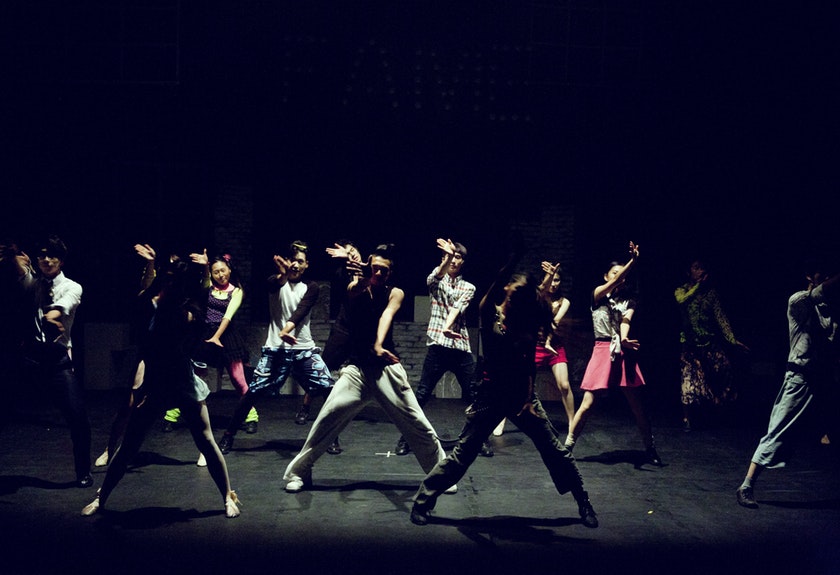The ‘e’ in Agile and Lean stands for empowerment. Unfortunately, both philosophies — which are closely related — were and still are often reduced to the evident practices, methods, and tools. But anyone who introduces these without simultaneously working on the foundation of the concept of people and the leadership mindset is building on sand. Richard Feynman aptly describes the result of this reduction as cargo cult: the elegant imitation (in his case of scientific works) without a deeper understanding of the purpose and the integration into the bigger picture:
In the South Seas there is a cargo cult of people. During the war they saw airplanes land with lots of good materials, and they want the same thing to happen now. So they’ve arranged to imitate things like runways, to put fires along the sides of the runways, to make a wooden hut for a man to sit in, with two wooden pieces on his head like headphones and bars of bamboo sticking out like antennas — he’s the controller — and they wait for the airplanes to land. They’re doing everything right. The form is perfect. It looks exactly the way it looked before. But it doesn’t work. No airplanes land. So I call these things cargo cult science, because they follow all the apparent precepts and forms of scientific investigation, but they’re missing something essential, because the planes don’t land.
Richard Feynman, 1974
One pillar of the Toyota Production System — and thus of Lean Management as its generalization — was and still is respect for the people. As a result, the eighth type of waste was later added to the original seven types: unused human potential. A very decisive contribution of Taiichi Ohno was the realization that, through training and coaching, the formerly “ordinary” workers could improve their working methods and processes autonomously and continuously. In the Taylorist worldview that had prevailed until then, this was the task of management, and procedures were therefore only as good as the ability and capacity of the respective manager allowed. By empowering workers to take charge of their processes, Taiichi Ohno harnessed this unused creativity and, at the same time, increased employee loyalty.
At the heart of Agile is the self-organized team. It is explicitly called for in the principles behind the Manifesto for Agile Software Development: “The best architectures, requirements, and designs emerge from self-organizing teams.” And lest there be any doubt about the leadership mindset that goes with it, it also says, “Build projects around motivated individuals. Give them the environment and support they need, and trust them to get the job done.” Agile without self-organization and empowerment doesn’t exist, even if frameworks or blueprints have been copied and rolled out in exemplary fashion and the processes are celebrated meticulously. As long as Agile is imposed on people from the outside — or rather from above — without the necessary empowerment and the accompanying change in leadership attitude from chess master to gardener, it will remain a soulless cargo cult.
Therefore, the key to a successful agile transformation lies less in the questions surrounding the right frameworks, processes, methods, or tools, which are so appealing to managers and consultants, and more in empowerment and self-organization. Employees must become actively shaping subjects of the transformation and their organization instead of being degraded to passive objects and mere target groups of change management measures.
People don’t resist change – they resist being changed.
Peter Senge
Photo by Tim Marshall on Unsplash





